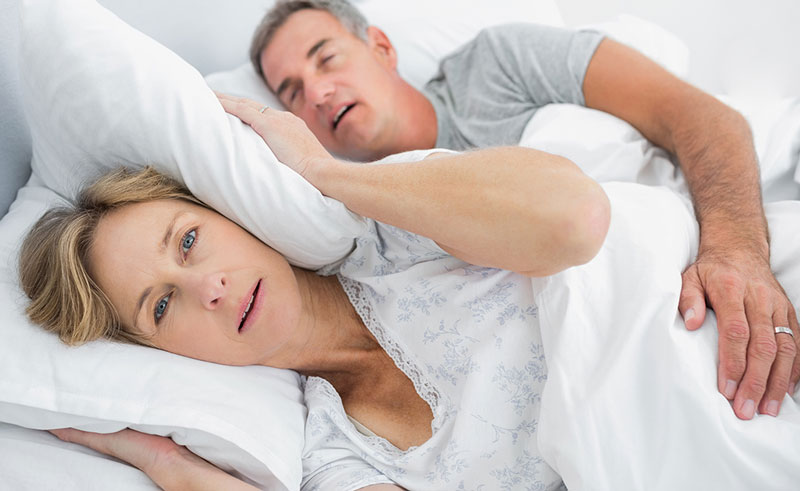Sleep Apnea Overview
Definition
Obstructive sleep apnea is the most common form of sleep disordered breathing. It is characterized by stoppages of breathing or partial stoppages of breathing associated with a drop in oxygen levels or awakenings from sleep. The awakenings from sleep are often subconscious and can happen very frequently during the night. Untreated obstructive sleep apnea can be associated with memory and concentration problems, motor vehicle crashes, high blood pressure, diabetes, cardiac disease and stroke
Symptoms of sleep apnea
Most patients report daytime sleepiness and fatigue. The bed partner may report loud snoring, gasping, choking, snorting or restless sleep. Other symptoms include headaches upon waking up in the morning, difficulty staying asleep and frequent urination at nighttime.
Physical exam findings
Common physical findings of patients with sleep apnea include obesity, a crowded upper airway, and large neck or waist circumference
Associated conditions
Sleep apnea can be associated with older age, male sex, postmenopausal women and obesity. Other medical problems such as high blood pressure, congestive heart failure, atrial fibrillation, kidney disease chronic lung disease, pregnancy, and stroke among others may also be associated.
Testing
Many patients with suspected sleep apnea can be evaluated with a home sleep study. This involves simple equipment placed on the patient during the night which will monitor oxygen, heart rate, airflow, and respiratory effort. More sophisticated testing in a sleep laboratory may be indicated for some patients
Treatment
Weight loss, avoidance of smoking, and regular exercise can help all patients with sleep apnea. The most common treatment options for sleep apnea are CPAP, dental devices, and surgical treatments. Many adult patients with sleep apnea are treated with CPAP (continuous positive airway pressure), which can often be started in the home setting. This involves a machine which is connected to tubing along with a mask that one wears during the night. The machine provides air pressure which keeps the airway open so the brain does not have to wake up the patient to breathe. In turn, the patient has a more restful sleep.


